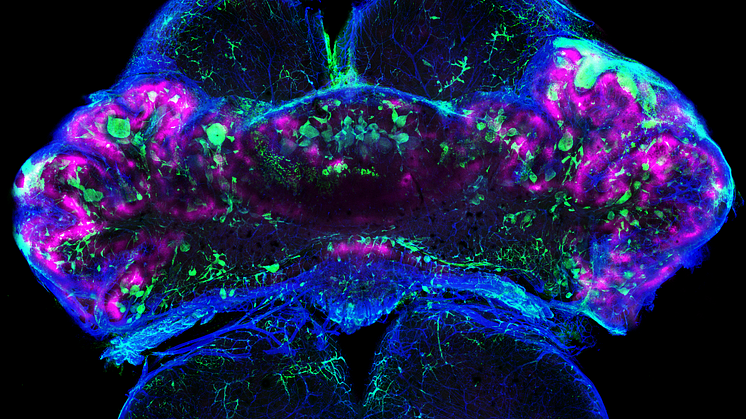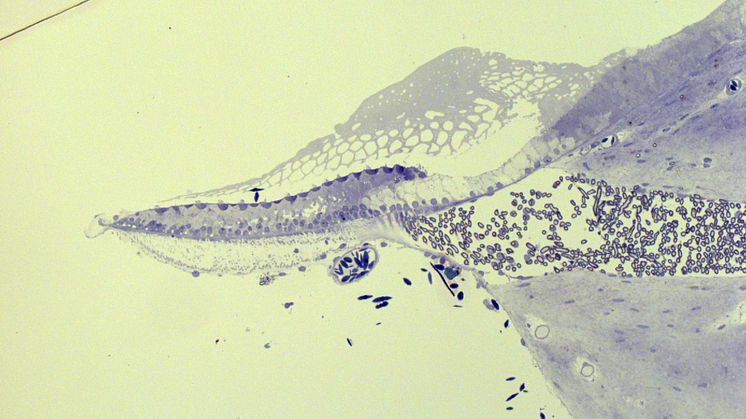Strong link between gut bacteria and metabolites
There are strong links between bacteria living in the gut and the levels of small molecules in the blood known as metabolites. Such is the finding of a new study (Uppsala University/Lund University). The study is based on analyses of both fecal and blood samples from 8,583 participants in the Swedish CArdioPulmonary bioImage Study (SCAPIS).




